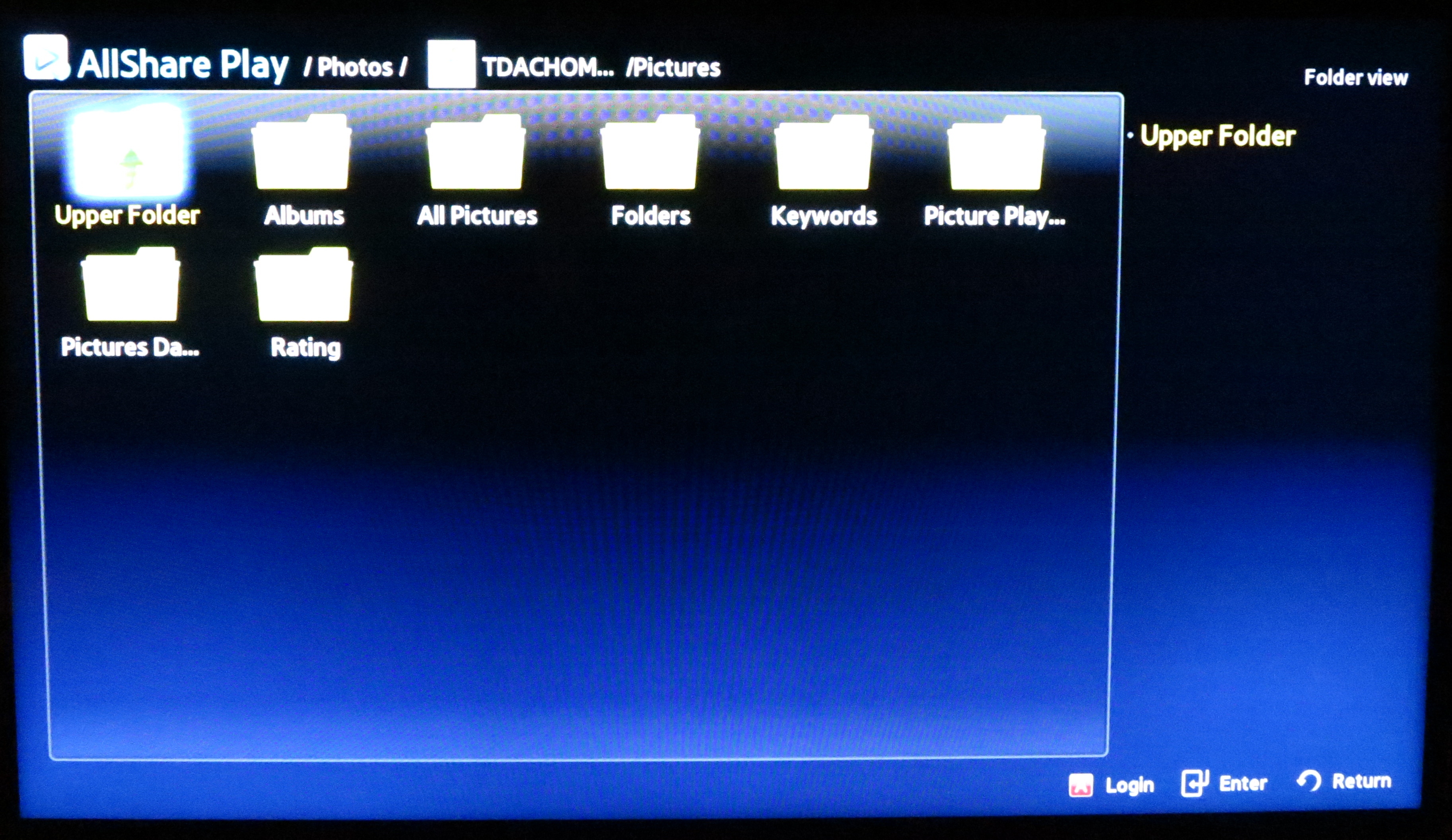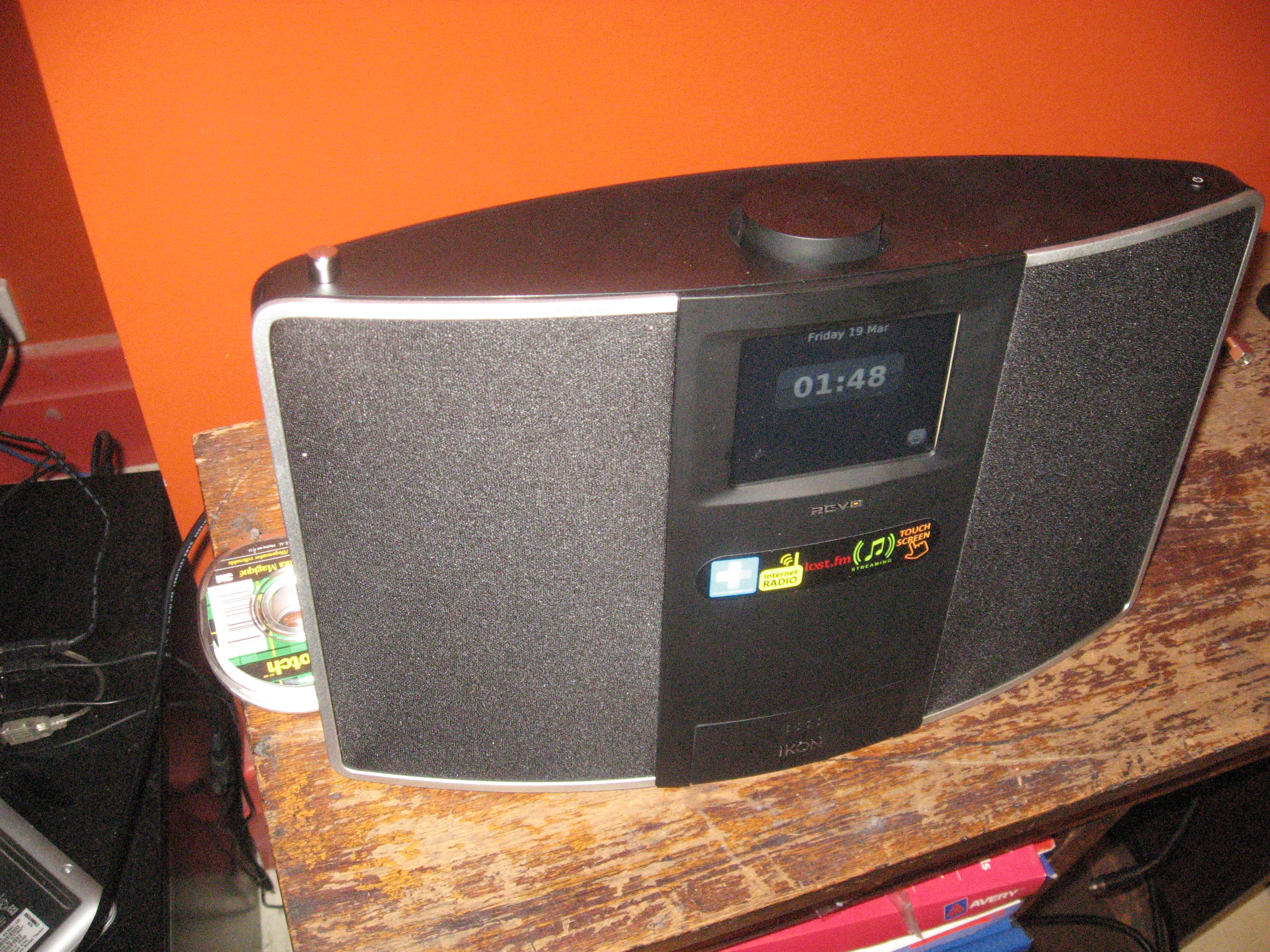http://jviptv.wordpress.com/2009/10/11/cisco-rovi-stb-2009/
Previously, if you wanted extra broadcast content for your television experience, you would have to subscribe to a cable or satellite pay-TV service which would provide many channels of content for a monthly fee. This hasn’t pleased many people because, if they wanted particular sports fixtures or good-quality TV content, they had to subscribe to packages filled with a lot of channels they didn’t really want.
Additional content was available through collectable videocassettes or DVDs; or lately through content-provider Websites which you had to view through a computer.
Increasingly, the broadband Internet service with its content-streaming and file-sharing abilities has opened up a new path for independent broadcast or on-demand video content and led towards “over-the-top” video services.
What is an “over-the-top” video service?
An “over-the-top” video service is an IP-based video service provided in a manner primarily independently of established broadcast TV infrastructure. The customer doesn’t have to sign up with a cable or satellite pay-TV service to benefit from the content. The reception arrangement is typically a set-top box, PVR or IP-enabled TV that is connected to the Internet via the home network. In most cases, especially PVRs and IP-enabled TVs, they will have a built-in digital broadcast tuner that is pitched at receiving free-to-air TV channels or, at the most, the equivalent of basic-tier cable TV.
These services had started out with Web-based services like Netflix, Hulu, Blockbuster Video and similar “video-on-demand” platforms being made available to network media adaptors and “personal-TV-service” devices like Tivo. These services typically provided either pay-per-view or “download-to-own” content, usually encompassing cinema feature movies or television serials. Lately, there has been the arrival of Sky Angel who have set up an IP-based streamed-channel collection based around Christian-focused family-friendly entertainment.
What paths could this open up
These services could open up the concept of “boutique television” which is about a supplementary-TV service providing “only what you want” without paying for “what you don’t want”. In the context of broadcast content, the viewer groups that would be touched would include families who want “clean wholesome entertainment”, ethnic groups who want content in their own language and culture, people interested in sports that aren’t covered in the country they reside in like AFL football or cricket, and those of us who like good-quality television content. As far as on-demand content goes, these programs could open an alternative to hiring DVD from the local Video-Ezy, provide a highly-strung catch-up TV service for people who follow TV serials, amongst other things.
Similarly it could allow content providers like established free-to-air TV networks to offer subscription-TV services and content without being limited by the dominant owners of cable and satellite-TV infrastructure. This was more so when, in Australia, Foxtel (the dominant pay-TV provider in Australia) made it very difficult for the Seven Network to establish a subscription-driven premium TV channel. This had led to a long drawn-out legal dispute and even broke down relations between both services with such behaviour as Foxtel not rebroadcasting the Seven Network to subscriber households that receive their service directly off the satellites; and Seven not providing programme data for Foxtel’s on-screen electronic programme guide.
What needs to be done
Most implementations require the use of a set-top box loaded with specific software, including a content directory in the case of broadcast services. There is the likelihood of a worsening problem if a household likes many different “over-the-top” video services, especially boutique-TV services, where there will be multiple set-top boxes in the AV rack.
One way to go about this would be to establish a standard for provisioning of broadcast and on-demand IP-TV services to subscribers. This could be based around DLNA standards and require at the most a common browser plugin or lightweight application to handle provisioning-manifest files that may be sent by email or downloaded from the service’s Website. As well, the industry needs to act upon content protection / conditional access standards like DTCP-IP when protecting premium services; and accept the idea of covering all receiving devices in a household under one subscription. This is in a similar way to how the TV licence is handled in the UK where ONE TV licence covers all TV-receiving devices in the same household.
How could this affect the TV landscape
For production studios, content providers and “boutique” channels, the “over-the-top” video services will provide these groups, especially small operations, with more opportunities to expose their content. This is in contrast to content being judged on whether it will suit the mainstream audience of a particular market, which is becoming more so in a highly-consolidated highly-controlled market like the USA.
For consumers, it will provide an increased choice of television that gives value for money as in “pay only for what you want to watch without paying for what you don’t want to watch”. This is more so in difficult financial times where one needs to factor in such events as the possible loss of their job or business and need to save as much as possible.
There is an increased likelihood of the commercial TV establishment being threatened by the concept of viewers taking back control of their viewing and the content produced “outside of the establishment” becoming available to most people. They, especially the cable-TV companies and similar companies who run pay-TV services on the same bandwidth, may try to block data streams associated with this new form of video content or implement traffic-shaping rules to Internet service. This would have these companies fall foul of “net-neutrality” rules that are established by governments. On the other hand, these services could force the TV establishment to “lift their game” with content production.
Conclusion
Once “over-the-top” video content comes to your home network and your TV set, it could become a watershed moment for TV broadcasting.



Dear Sir,
I came across your article and was drawn to your area of interest & discussion, particularly, in digital home or home networking.
We couldn’t agree more with your above article.
We know that the global trend is shifting towards a bandwidth-hungry consumer oriented digital environment and that it’s only a matter of time before consumers will enjoy much more from their service providers, but when that time comes, will consumers be ready?
That’s why we believe we have hit the nail on the head. Cal-Lab latest product line, which allow consumers to experience total Home Area Networking via an already existing technology – Powerline Communications.
It is for this reason, We would like to invite the relevant companies to our “Real-life test environment” facility in Malaysia to put our claims to the test because if we are right, we believe that the connected home devices is potentially the “Next Big Thing”, growing by a compound average of 23% annually over the next five years to more than $10 billion in 2014 – ABI Research (Oct 2009).
For your immediate reference, you may use the links below:-
1. http://www.scribd.com/doc/13884146/Inpremises-BPLPLC-Adapters-Can-Now-Share-A-Poweroutlet-with-interconnected-Equipment-Safe-From-Lightning-While-Having-Connectionrate-Enhanced-
2. http://www.scribd.com/doc/16414548/PLCCLLI-Applications-Comparison
Should you have any queries, please feel free to contact us at the information provided below.
We look forward to hearing from you.
Thank you for your time, consideration and kind attention.
Best Regards,
Leong Wai Kin
Business Development Manager
+60192311829
Calvin Symons
Technical Consultant – Applications
callab@callab.com.my
+60127718225